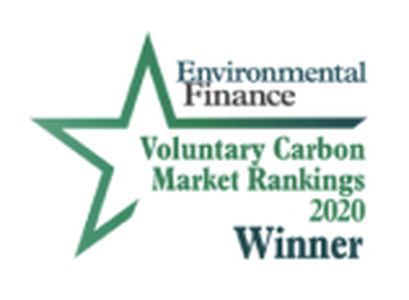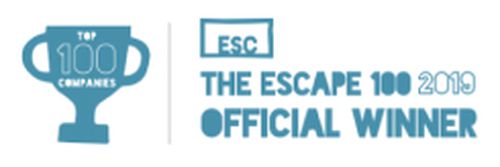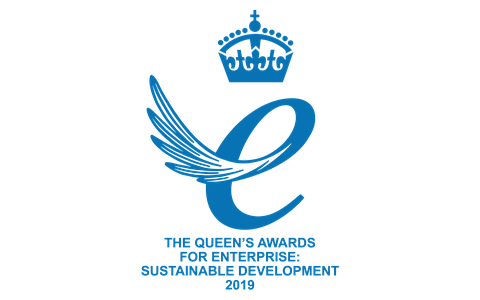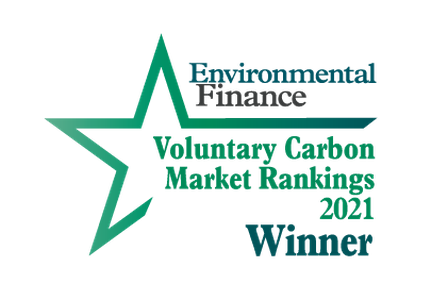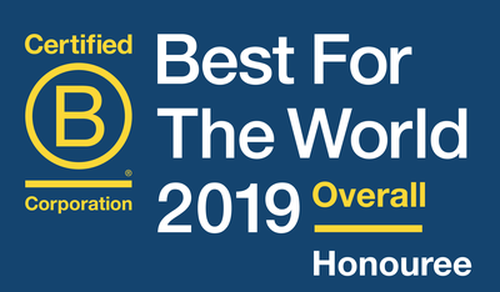Dr Katharine Wilkinson’s forthcoming book, co-edited with Dr. Ayana Elizabeth Johnson, is All We Can Save — a highly anticipated anthology of women’s climate wisdom. Read more about Katharine, her books, TED talk and more at the bottom of this article.
In our Climate Leadership Series, we ask experts and influencers in business climate action to share their insight into best practices, discuss current and future trends, and debate the most impactful solutions.
Her TED talk on gender equality and global warming has had nearly 2 million views, and she was the lead writer of one of the bestselling climate books ever written: Drawdown. We speak to Dr. Katharine Wilkinson, a vice president at Project Drawdown, about her drive to invite everyone into climate solution conversations — and to bring their superpowers with them.
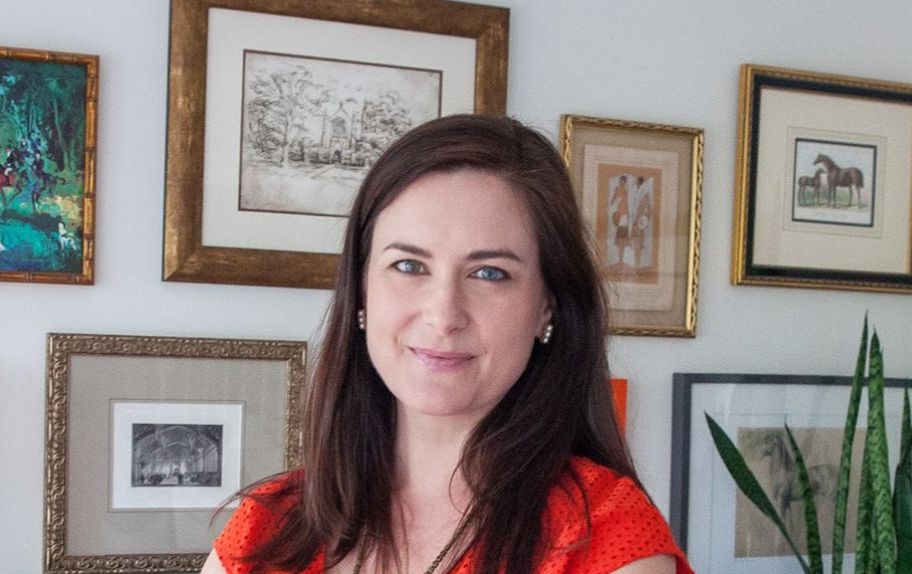
Rosie Helson (RH): One of Drawdown’s missions was to change the conversation around climate. Has the conversation changed?
Katharine Wilkinson (KW): Part of the mission of Project Drawdown is to advance conversation and understanding about climate solutions with a view to spurring action at the speed and scale required to limit global warming to 1.5 degrees. Climate scientist Katharine Hayhoe says it well — that one of the most important things we can do is talk about climate change, especially solutions. We have some evidence that conversations are becoming more solutions-oriented. However, a couple of years ago, research by IKEA and Globescan showed that when asked what climate change made them think of, 44% of survey respondents thought about the negative outcomes, and only 3% mentioned solutions. So, we’ve got a long way to go.
We also have more work to do to centre justice and equity in this conversation, or we risk moving forwards in ways that are fragile and flawed rather than robust and regenerative.
RH: And are the right people involved in these conversations?
KW: I think about the climate crisis as a leadership crisis. When we look at the landscape of the loudest voices on climate – the ones with the most powerful platforms, who get handed the mic most often – it continues to be older white men. Until we see voices on climate that reflect the global community, we’re not going to have the right folks in the conversation. Still today, climate conversations spin around in a fishbowl of specialists, experts, practitioners, and activists. As long as that’s the case we’re going to miss critical perspectives about the challenge, the solutions, and how to undertake this work in a way that is in service of all communities.
The right people will be involved when the majority of business leaders and elected officials and others — who many do not think of themselves as climate leaders — start to see themselves that way. They need to participate in the conversation from a place of agency, ownership, and real commitment to the transformation that we’ve all got to be part of this decade.
RH: How can we bring them in?
KW: My phenomenal co-editor on All We Can Save — Dr. Ayana Elizabeth Johnson — is a fan of the phrase “to change everything it takes everyone.” We’ve got to do a much better job of extending an invitation and welcoming people into climate conversations without making them feel like they have to understand atmospheric physics and the inner workings of the UN, that make them feel that their concerns and values and voices matter.
We need to find new ways to boost the rising tide of youth and feminist climate leadership. The upwelling of leadership from young people has been so powerful for bringing more attention to justice as the critical core of the climate conversation, for challenging conventional thinking, particularly in the research and corporate climate spaces. We’re also seeing transformational climate leadership that’s more characteristically feminine and committedly feminist. Girls and women have been leading on this issue for a long time, but they need the mic more often, more funding, and more followership.
Solutions need to consider the unique dynamics and needs of women and girls, and there's also evidence that when women are leading equally, solutions are more effective.
RH: For those who are yet to see your TED talk, can you briefly explain the importance of recognising the connection between women, girls, and a warming world?
KW: When we look at impacts, solutions, and leadership, climate change is not gender neutral.
Firstly, on impacts, we know that women, girls, and nonbinary people around the world today are not living in an equal society that gives them the same level of agency, resources, and access to services as boys and men. This is particularly true for girls and women of colour, who are poor, rural, indigenous, who live in the Global South. Climate change functions as a threat and vulnerability multiplier, which means that the injustices women already face intensify. Climate change impacts hit women harder, sometimes in uniquely harmful ways. Women are more likely to be injured or killed during a natural disaster, and when resources are scarce, there can be an increase in early marriage and sex trafficking. Many of the world’s smallholder farmers are women, which puts them on the frontline of climate impacts.
Because of these gendered dimensions, which are entangled with race and socio-economic status, climate solutions are not gender neutral either. Solutions need to consider the unique dynamics and needs of women and girls, and there’s also evidence that when women are leading equally, solutions are more effective. When we move gender equality forward through securing fundamental human rights, there are ripple effects for the planet. We’ve seen that quantified around the impact of health and education through Project Drawdown’s work. I highly recommend the work of Dr. Christina Kwauk at the Brookings Institution on girls’ education and climate.
Thirdly, and frankly, we’re not going to get the job done if we don’t have women’s leadership and feminist leadership at the heart of the climate movement — yet there are still gender gaps in UN climate negotiations and in the highest levels of government and business leadership. Women are bringing to the table clear commitments around compassion, care, connection, and community. They bring new creativity and emotional intelligence with a real consideration of justice. For me, this is where possibility is happening. And possibility is something we could use a lot more of.
RH: What are some of the best solutions out there that allow businesses to simultaneously support both SDG 5: gender equality and SDG 13: climate action?
KW: It’s not just which solutions, it’s how they’re implemented, with whom and for whom. The same solution can have very different outcomes depending on who’s involved, who decides, who benefits, who can participate, and how drawbacks are mitigated. If money is made, who makes it? If jobs are created, who gets them? If land use shifts, whose homes are impacted? Climate solutions need to be done in a way that uplifts gender equality rather than deepening imbalances. And climate action and outcomes benefit from advances in gender equality. Ultimately, a life-giving future must be — will be — just, equal, and regenerative.
RH: You have spoken about the importance of gender equality on the front line of climate change impacts, but what about for those taking climate action within companies?
KW: Women tend to understand that it’s not about being in charge, it’s about making change. And that takes deep collaboration, because no single business — no matter how hard they try and what they do — is going to get it all right. So, how companies link arms and how they engage with policy, campaigns, and other organisations is key.
Businesses are beginning to stretch their climate action beyond their own four walls, and I think a lot of that is happening under the leadership of women. Women like Rose Marcario, former CEO of Patagonia, and Erin Meezan, Chief Sustainability Officer at Interface, are pushing the thinking forward in really interesting ways. Interface is building from its first mission of getting to zero environmental footprint to now working towards a climate fit for life — to me, that’s a very exciting evolution.
How do we help people see themselves in some aspect of the climate movement? Whatever your superpowers are, there's a place for them, and we need them.
RH: Do you have any communications tips for sustainability professionals looking to engage their colleagues, finance teams, and external stakeholders in their business’s climate agenda?
KW: There are a few good rules of thumb: own your voice, make space for “feels”, share solutions, connect the dots, and picture possibility.
- Owning your unique perspective on the climate crisis can be a powerful place to start as it makes it personal.
- It’s important to make space for the feelings swirling around climate conversations including fear, anxiety, and anger.
- From there, we can share positive news around solutions, especially those already in hand.
- None of this is just about “the climate,” so connect the dots to other things people care about like gender, justice, resilience, biodiversity, health. For example, the greatest killer on the planet — 9 million people die every year from it — is air pollution, primarily from burning fossil fuels. So, climate solutions can be health solutions.
- Painting pictures of possibility is powerful. People have a hard time envisioning what a fossil fuel free world could look like, so help them imagine.
RH: Becoming carbon neutral or net zero requires robust carbon footprint measurement and third-party assessments, but what are some of the “softer” skills and behaviours that might further increase the number of businesses taking such bold climate action?
KW: There’s been so much concern about making the case for the ROI and the link between the bottom line and climate action, that sometimes I think we miss the bigger picture: there is no thriving company without a thriving planet and thriving humanity. We’ve been so worried about winning minds that we haven’t been nearly as successful as we need to be at winning hearts.
Companies need to consider whether they are unintentionally reinforcing the idea that we should only take climate action if it makes near-term economic sense. I don’t think very many people come to climate work from something other than a ferocious love for the planet, for life, for one another, and for a just and life-giving future. But I think we’ve somehow been cajoled out of honouring that. It’s “idealistic” or “fluffy” — absolutely not. It’s courageous.
When we come back to what’s truly important, we find what unites us. Each company, city, and country needs to ask “how do we build the biggest, strongest team possible, including those who currently don’t think that climate is their issue?”
In business we need a willingness to consider that we’re not just engaging with questions of operations and profit — we’re grappling with fundamental questions of what it means to be human, what it means to be a good ancestor. People of any gender are equipped for these conversations, but I repeatedly see that women have an additional level of comfort with them. Businesses need to ensure nitty gritty engineering, science, and finance is at the table, but also culture and story. Climate work needs heads, hands, and hearts. It simply won’t succeed otherwise.
My sense is that there are many people sitting right on the side-lines; they’re concerned, they’ve got some desire to participate, but they just haven’t had the right invitation. How do we help people see themselves in some aspect of the climate movement? Whatever your superpowers are, there’s a place for them, and we need them.
Each company, city, and country needs to ask themselves - "How do we build the biggest, strongest team possible, including those who currently don't think that climate is their issue?"
About Dr. Katharine Wilkinson
Dr. Katharine Wilkinson is an author, strategist, teacher, and vice president at Project Drawdown. Her writings include The Drawdown Review (2020), the New York Times bestseller Drawdown (2017), and Between God & Green (2012), which The Boston Globe dubbed “a vitally important, even subversive, story.” Her forthcoming book, All We Can Save, is an anthology of writings by women climate leaders, co-edited with Dr. Ayana Elizabeth Johnson. Dr. Wilkinson speaks widely, including a TED Talk on climate and gender equality that has more than 1.8 million views. A homegrown Atlantan, Dr. Wilkinson holds a doctorate in geography and environment from Oxford, where she was a Rhodes Scholar, and a BA in religion from Sewanee. In 2019 Time magazine named Dr. Wilkinson one of 15 “women who will save the world.” Find her @DrKWilkinson.
About Project Drawdown
Founded in 2014, Project Drawdown is a nonprofit organization that seeks to help the world reach “Drawdown”— the future point in time when levels of greenhouse gases in the atmosphere stop climbing and start to steadily decline. Since the 2017 publication of the New York Times bestseller Drawdown, the organisation has emerged as a leading resource for information and insight about climate solutions. Cities, universities, corporations, philanthropies, policymakers, communities, and more turn to Project Drawdown, as they look to advance effective climate action. We aim to support the growing constellation of efforts to move climate solutions forward and move the world toward Drawdown—as quickly, safely, and equitably as possible.
Les toutes dernières Insights de
Climate Impact Partners

10 idées reçues à abandonner sur la compensation carbone
10 idées reçues à abandonner sur le net zéro et la compensation carbone.
Pour en savoir plus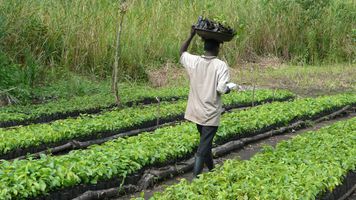
FR Test insight article
Testing all plug-ins in 2 column format for French
Pour en savoir plus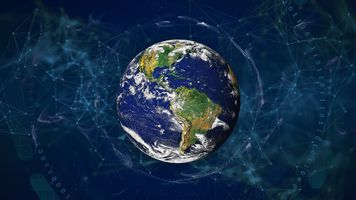
FR - Innovation test insight article
As carbon markets grow and innovate how can Web 3.0 be harnessed in a positive way to build scale and impact?
Pour en savoir plus

